A Brief History Of The Indian Flag
- August 4, 2020

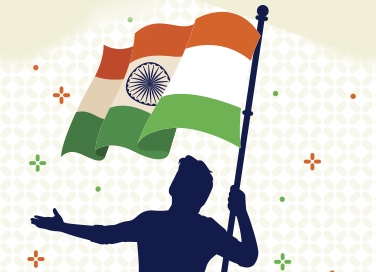
A Brief History Of The Indian Flag
- August 4, 2020
From the first unofficial flag to the tricolour we unfurl today, here is as an interesting timeline tracing the evolution of the Indian flag.
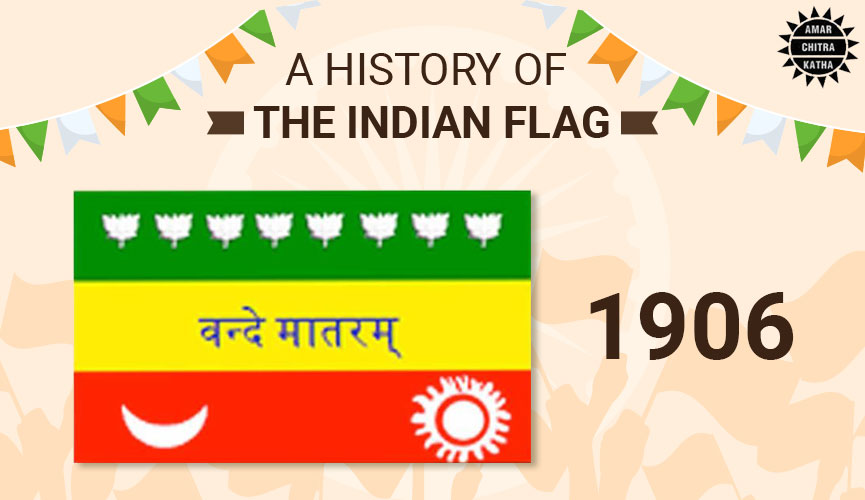
This unofficial flag of India was first hoisted at Parsee Bagan Square, in Calcutta, on August 7, 1906. It was also unfurled by Bhikaji Cama at the International Socialist Conference in Stuttgart, Germany.
To receive more such stories in your Inbox & WhatsApp, Please share your Email and Mobile number.
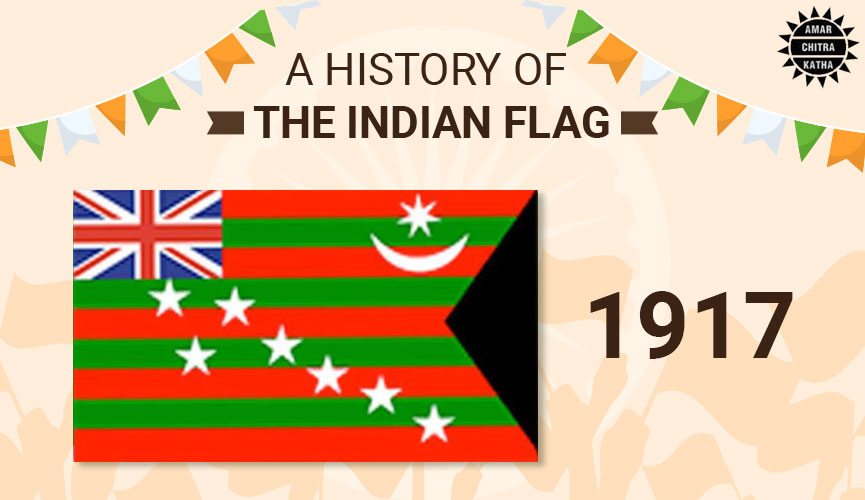
Dr Annie Besant and Lokmanya Tilak hoisted this flag in 1917, during the Home Rule Movement. The flag had seven stars that denoted the Saptarshi.
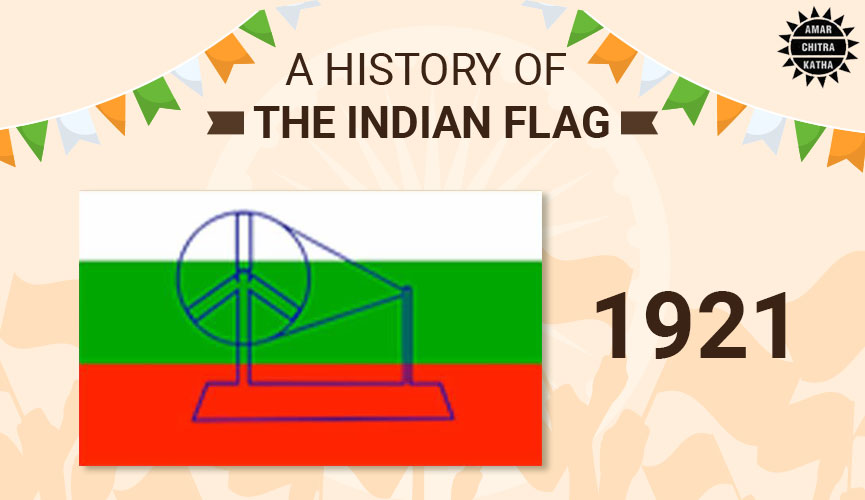
This flag was unofficially adopted in 1921. Originally in two colours, the third colour, white, was added on Gandhiji’s suggestion. The spinning wheel signified a progressing nation.
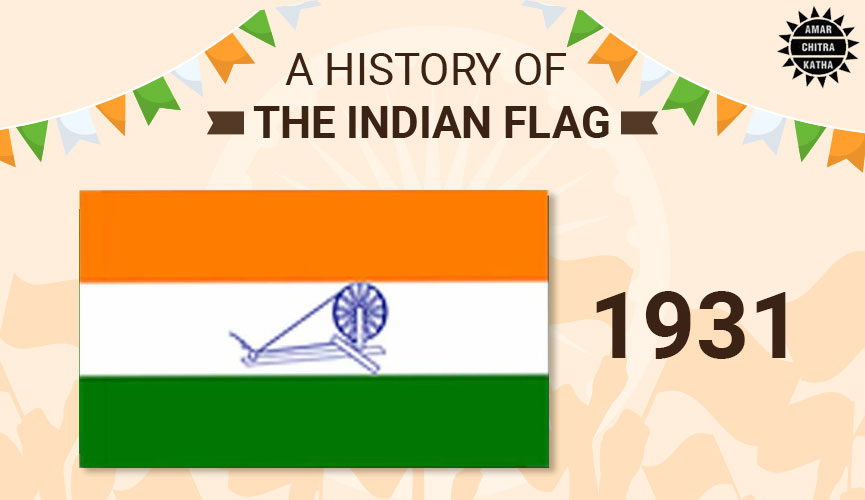
In 1931, the tricolour was adopted as our national flag with Mahatma Gandhi’s charkha in the middle.
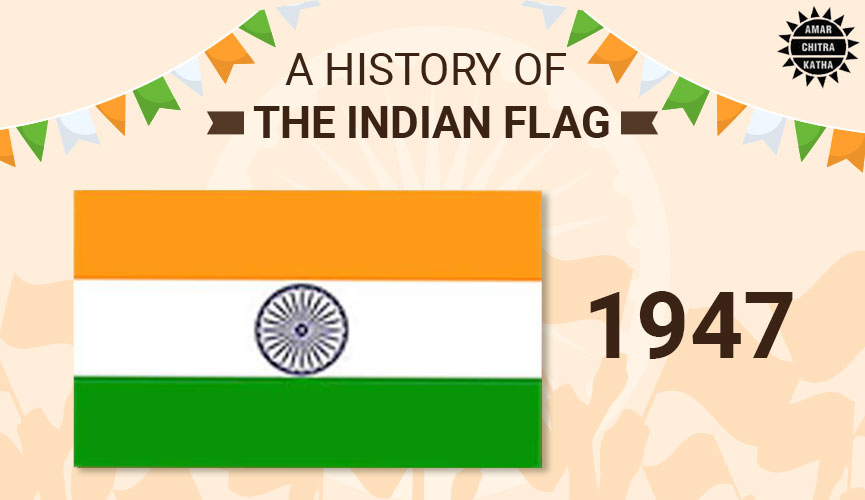
The Constituent Assembly accepted the tricolour as the national flag on July 22, 947. After independence, the charkha was replaced with the Ashoka Chakra.
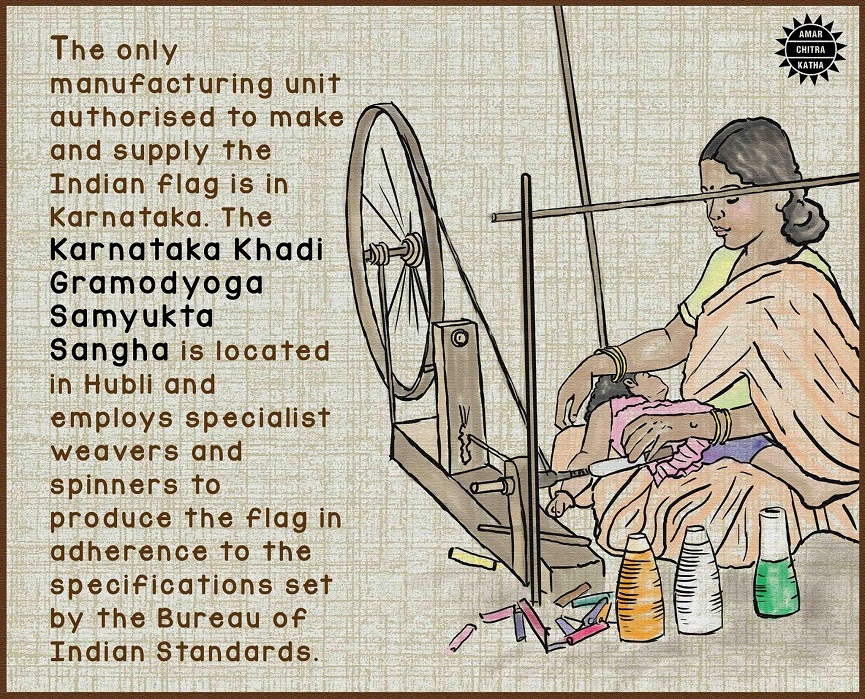
To receive more such stories in your Inbox & WhatsApp, Please share your Email and Mobile number.

Comic of The Month
The Naval Journey of India Book I
This book is the first of a three-book series that takes a deep and detailed look at India's Naval History and a deep insight into the lives of our men and women in white. But any series on the Indian Navy has to start at the very beginning - exploring India's celebrated maritime history. Join our little hero, Bharat, and his grandfather, Commodore Sagar, as they sail into the deep blue waters of time. Book I of The Naval Journey of India takes a sweeping look at India's maritime endeavours, how the seas impacted us over millennia and how the oceans made us who we are.